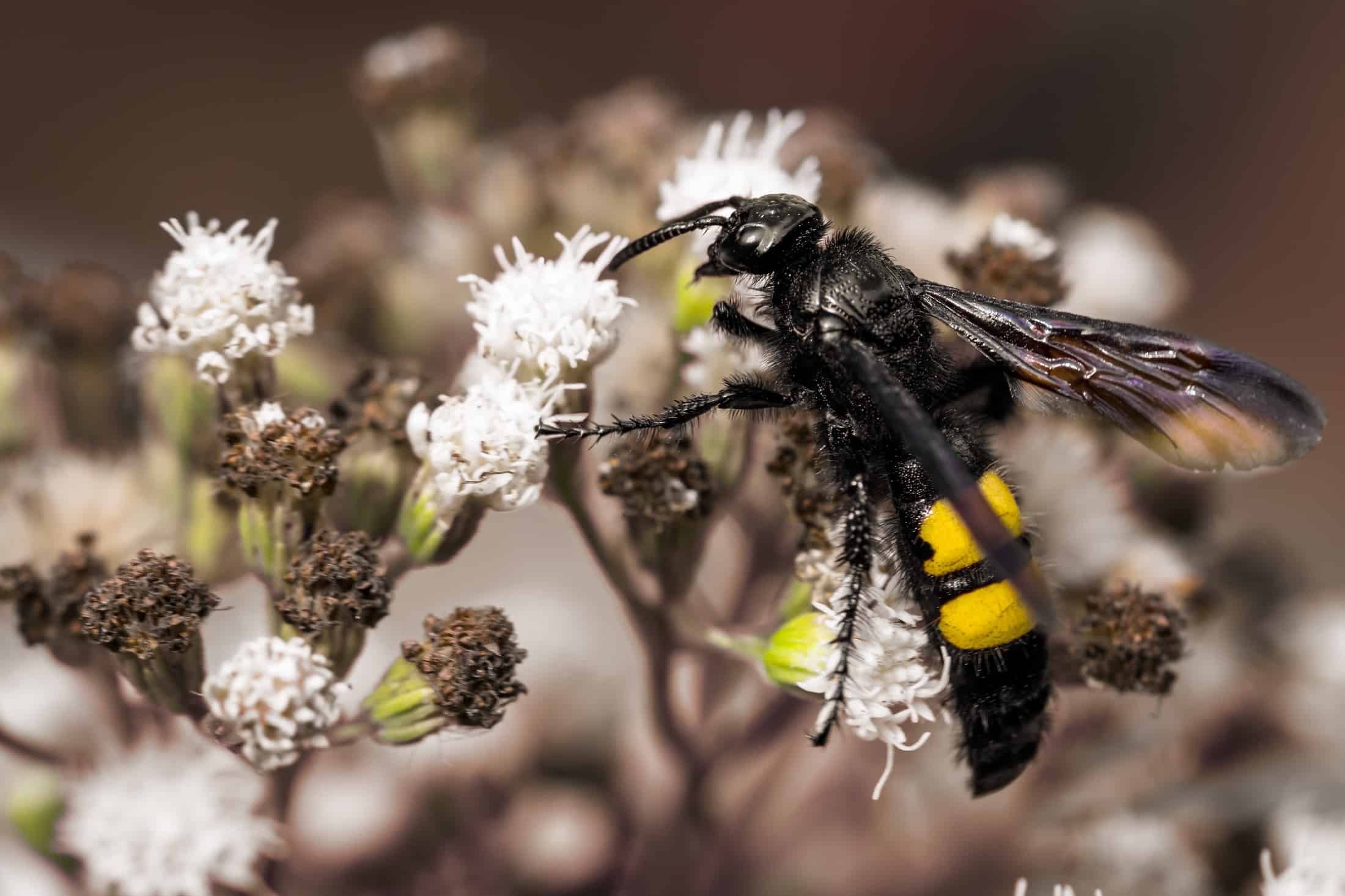
Children’s curiosity about the world knows no boundaries and it is worth supporting and nurturing it. Unfortunately, curiosity about nature and especially insects can lead to unpleasant incidents such as wasps or bees stings. The place where the wasp stuck its stinger quickly turns red, swells and is usually very painful. In such situations, we want to help your child relieve the pain and get rid of the discomfort as soon as possible. Some children are allergic to insect venom, so a sting can be fatal for them. We suggest what to do in such a situation to give your child the necessary help as soon as possible. Below you will also find home remedies for the pain after a wasp or bee sting
It is best to teach your child from a very young age that it is not allowed to touch insects, because some of them can sting painfully. Wasps can additionally be aggressive, especially during dry times. The sting of a wasp does not stay in the body of a person who has been attacked by a wasp, so it can be enough to get stung several times. It is worth knowing that killing a wasp causes a substance to be released from the venom sac, which attracts other individuals. When bitten by this dangerous insect, it is best to get away as quickly as possible from the place where the bite occurred. What actions should a parent take immediately after a child is bitten by a wasp?
When you notice that your toddler has been bitten by a wasp, you should first of all keep a cool head. The child is certainly frightened and at this point you need to show him support. The body’s reaction to the bee venom can be very different, so keep a close eye on the sting and monitor how your child feels. Immediately after the sting, there may be pain, burning, swelling or redness. If your child is allergic to the venom an allergic reaction or even anaphylactic shock may occur. Symptoms of this can include breathing problems and dangerous-looking swelling, in which case an ambulance should be called immediately
In the absence of such symptoms, it is worth taking the usual pain-relieving measures:
Read also Buggy gym – do you know all about fitness with a stroller?
Main photo: Uwe Nake/ pexels.com